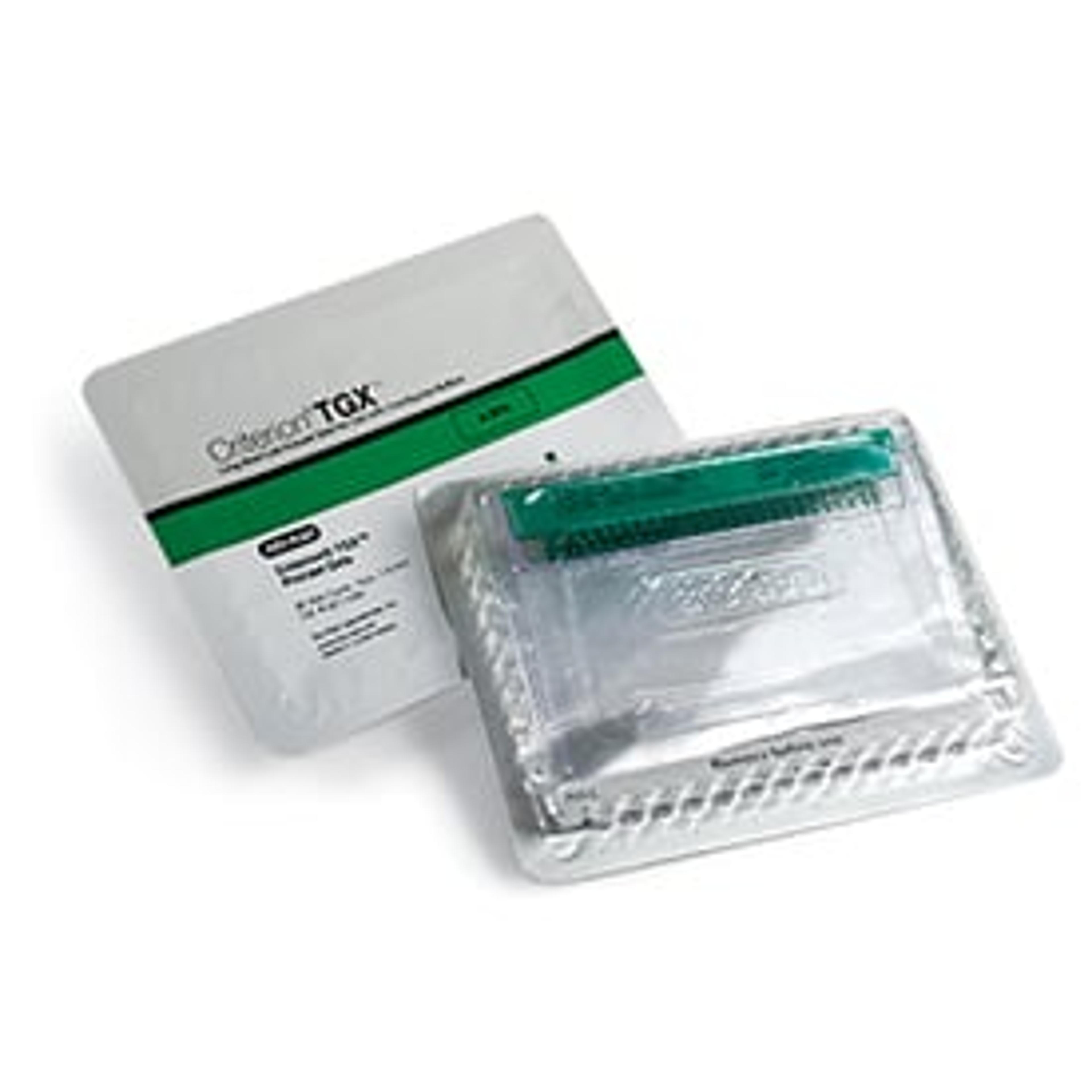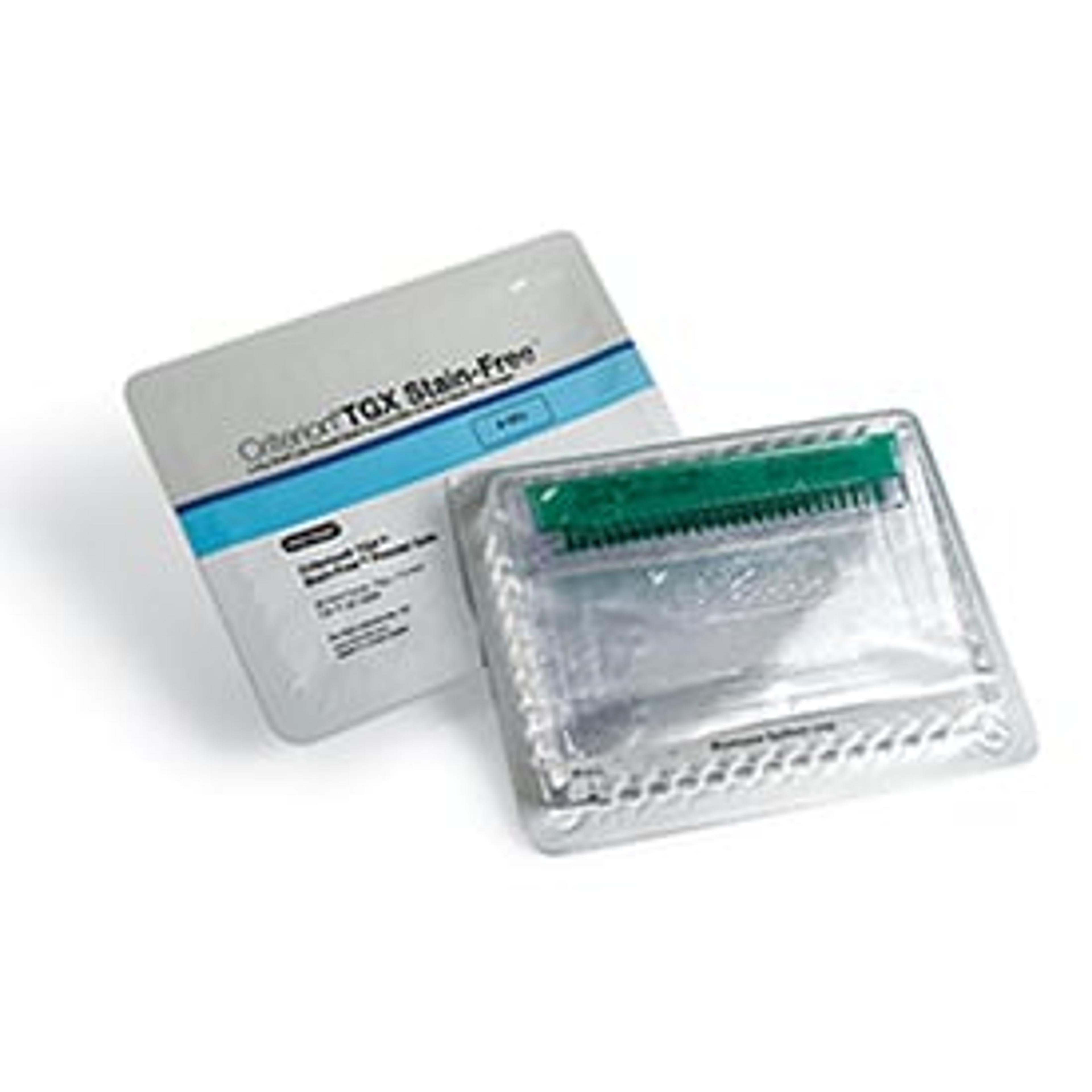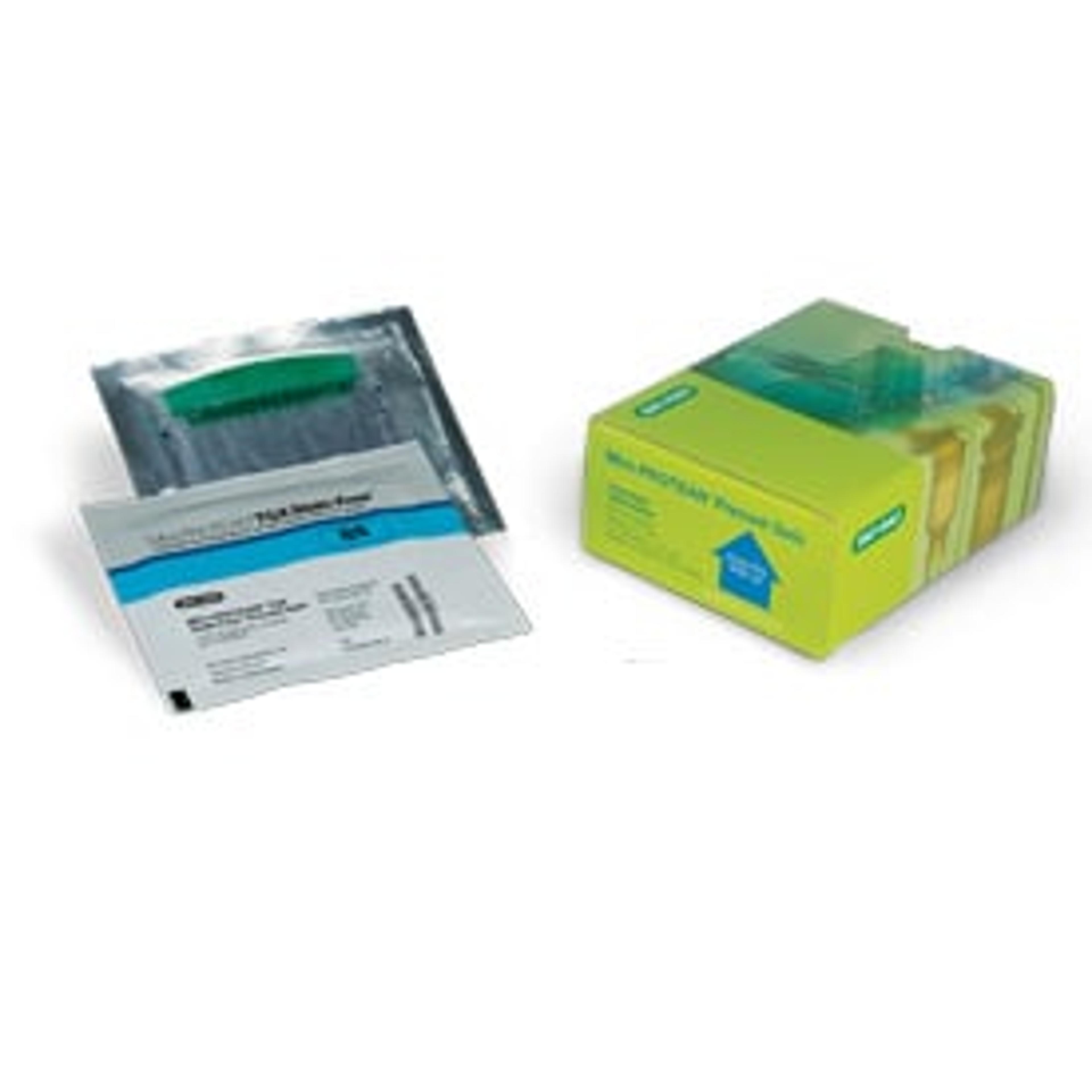New Study Reports Bio-Rad’s TGX Stain-Free Gels Streamline GeLC-MS Workflow
29 Oct 2012Bio-Rad Laboratories, Inc. has announced that proteomics researchers LeeAnn Higgins and Todd Markowski have demonstrated the utility of Bio-Rad’s TGX Stain-Free™ gels for higher-throughput GeLC-MS analysis. The results, which were presented at the 2012 American Society for Mass Spectrometry (ASMS) annual conference, showed that the stain-free approach has the potential to reduce the sample preparation time of this mass spectrometry workflow from two days to one.
“Our research showed that not only does the stain-free approach work, it can save valuable time without sacrificing the quality of mass spectrometric results,” said Higgins, one of the lead authors of the poster presented at the conference.
GeLC-MS is a modern proteomics workflow widely used for analyzing complex proteomes. The technique involves electrophoretically resolving protein mixtures on an SDS-PAGE gel, staining for visualization, cutting lanes into discrete fractions, processing for in-gel protein digestion, and analyzing the purified peptides by LC-MS/MS.
Previous reports have demonstrated that when compared with in-solution protein digestion and fractionation, GeLC-MS enables more total protein identification and enhances hydrophobic membrane protein identification. However, traditional gel staining methods are time-consuming and laborious, and these drawbacks have limited the adoption of GeLC-MS among proteomics researchers.
Bio-Rad’s TGX Stain-Free precast gels include a unique trihalo compound that enables rapid fluorescent detection of proteins in gels, eliminating the need for gel staining and destaining. For proteomic labs where high throughput is a priority, the stain-free approach conceivably allows researchers to cut protocol times in half. The instant feedback also helps to verify that the protocol is proceeding as intended.
Research Findings
First, the researchers reduced gel electrophoresis times from ~1 hour (using traditional Tris-HCL gels) to 30 minutes with the faster running TGX Stain-Free gels. Next, they eliminated their usual Coomassie Blue staining/destaining steps and used stain-free technology to visualize and cut the protein lanes into discrete fractions. The scientists visualized the proteins in as little as 30 seconds using Bio-Rad’s stain-free enabled imagers (Gel Doc™ EZ and ChemiDoc™ MP). Altogether, these changes saved at least three hours of processing time without causing any losses of protein, peptide, or spectral identifications by mass spectrometry.
“Our research demonstrated that Bio-Rad’s TGX Stain-Free gels improve the speed and ease of processing for the GeLC-MS workflow,” said Markowski, one of the lead authors of the poster. “This knowledge will hopefully enable the wider adoption of GeLC-MS for investigations of complex proteomes.”



